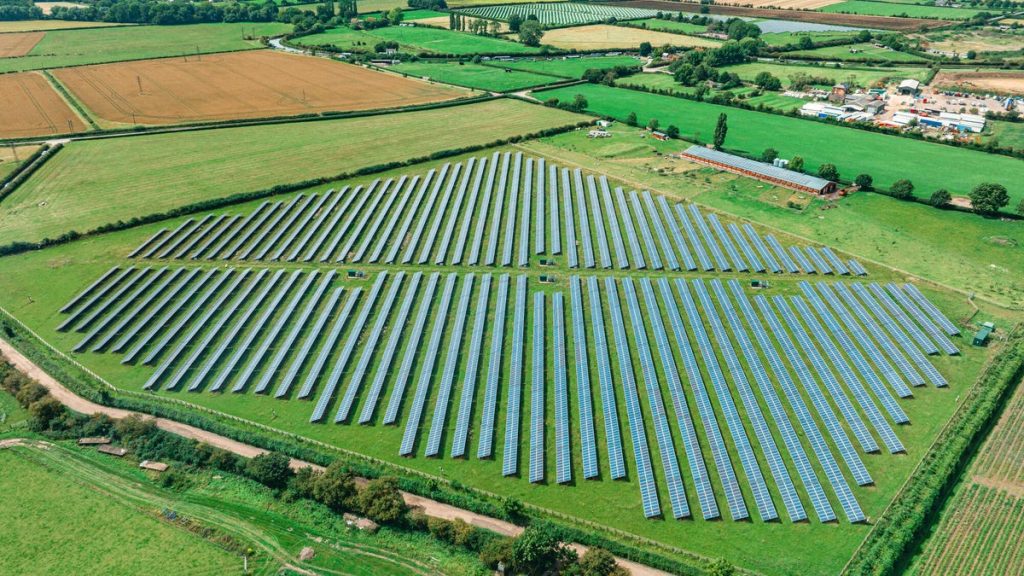Community solar is a model that allows individuals to subscribe to power produced at a large solar array or farm located at another location in their utility’s service area. This offers an opportunity for those who cannot afford solar panels to still go green with solar power, as long as they live in the right spot. The federal government has allocated funding for programs like these, making it easier for low- and middle-income households to benefit from initiatives that reduce monthly energy expenses. Recently, $7 billion in federal grants were awarded to build Solar for All programs nationwide, with the intention of having programs in all 50 states and some US territories.
The installation of community solar projects across the United States is on the rise, with the Solar Energy Industries Association estimating 6.5 gigawatts of community solar already in place as of early 2024. These projects are spread across 41 states and Washington, DC, with 19 states implementing policies and programs to encourage more community solar. SEIA expects the gigawatts produced through community solar to double over the next few years. Community solar projects are typically made up of hundreds or thousands of solar panels located on parking lots, brownfield sites, or warehouse roofs, which are then connected to the local utility grid to benefit the community with clean energy.
Several states have implemented laws that enable community solar programs to exist and mandate utilities to integrate them into their energy mix. Some states provide funding for projects, while others have set deadlines for the installation of community solar. The community solar landscape is constantly evolving, with New Mexico and Hawaii among the most recent states to enact community solar legislation. California and Minnesota are also making strides towards making community solar more viable. The federal government’s Solar for All initiative has funded 60 grantees to build out community solar programs across the nation.
Participating in a community solar program is as simple as reaching out to a provider who works with your local utility and providing your utility account information. The credits from the community solar program will typically show up on your monthly utility bill, functioning as a discount or rebate. While community solar can offer numerous benefits such as reduced energy bills and cleaner air, there are also cons to consider. Pricing models in some regions may not be favorable, and billing can be confusing if not consolidated. However, these programs offer individuals the opportunity to benefit from solar energy even if they are renters or cannot install solar panels themselves.












